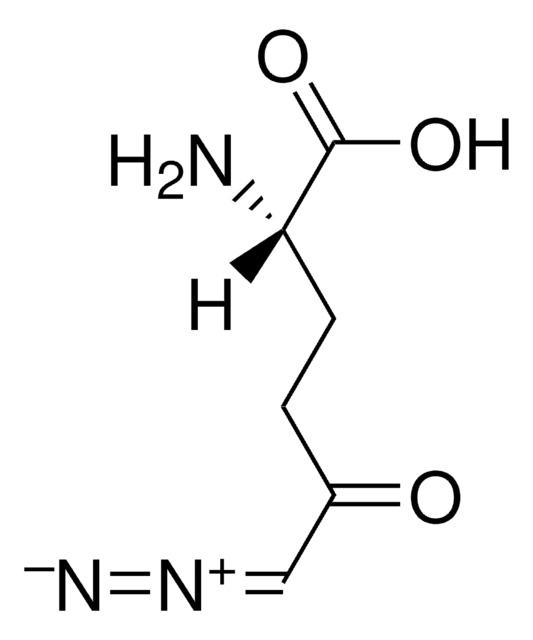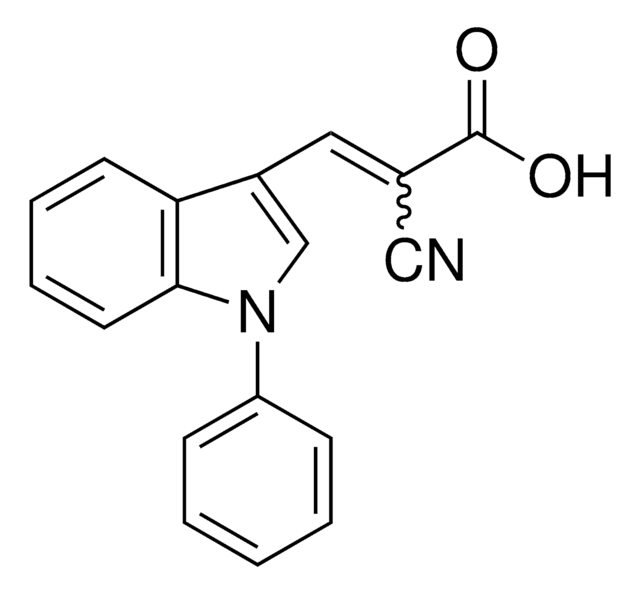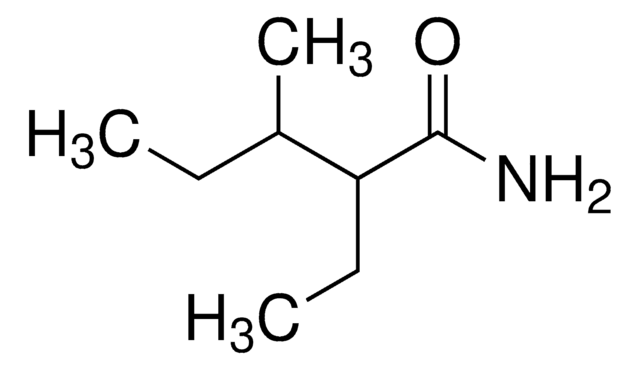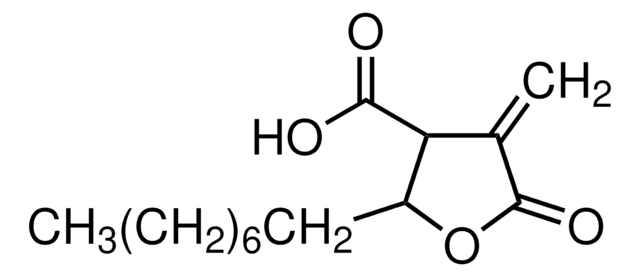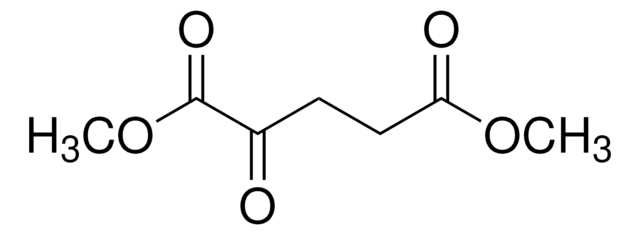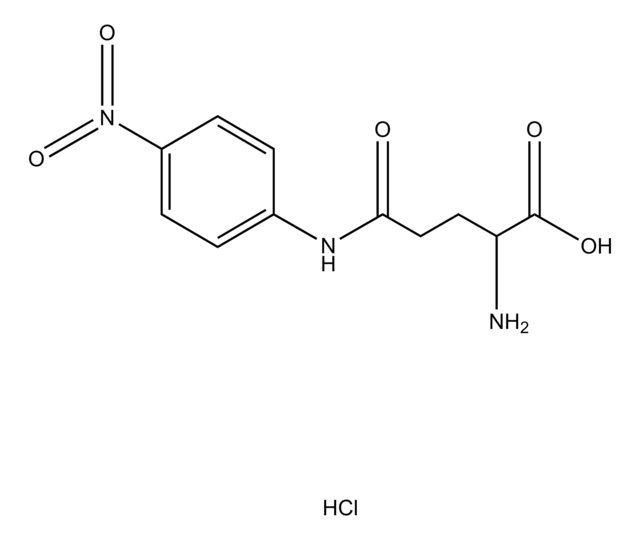SML0601
BPTES
≥95% (HPLC), powder, glutaminase GLS1 (KGA) inhibitor
Synonym(s):
Bis-2-(5-phenylacetamido-1,3,4-thiadiazol-2-yl)ethyl sulfide
About This Item
Recommended Products
product name
BPTES, ≥95% (HPLC)
Quality Level
Assay
≥95% (HPLC)
form
powder
color
white to beige
solubility
DMSO: 10 mg/mL, clear
storage temp.
2-8°C
SMILES string
O=C(CC1=CC=CC=C1)NC2=NN=C(S2)CCSCCC3=NN=C(NC(CC4=CC=CC=C4)=O)S3
InChI
1S/C24H24N6O2S3/c31-19(15-17-7-3-1-4-8-17)25-23-29-27-21(34-23)11-13-33-14-12-22-28-30-24(35-22)26-20(32)16-18-9-5-2-6-10-18/h1-10H,11-16H2,(H,25,29,31)(H,26,30,32)
InChI key
MDJIPXYRSZHCFS-UHFFFAOYSA-N
Application
Biochem/physiol Actions
Signal Word
Warning
Hazard Statements
Precautionary Statements
Hazard Classifications
Eye Irrit. 2 - Skin Irrit. 2 - STOT SE 3
Target Organs
Respiratory system
Storage Class Code
11 - Combustible Solids
WGK
WGK 3
Flash Point(F)
Not applicable
Flash Point(C)
Not applicable
Certificates of Analysis (COA)
Search for Certificates of Analysis (COA) by entering the products Lot/Batch Number. Lot and Batch Numbers can be found on a product’s label following the words ‘Lot’ or ‘Batch’.
Already Own This Product?
Find documentation for the products that you have recently purchased in the Document Library.
Customers Also Viewed
Articles
Glutamine is a common precursor for the biosynthesis of both glutamate and GABA. Glutamine can be transported in and out of neurons and astrocytes utilizing different glutamine carriers. The neurotransmitter glutamate can be synthesized from glutamine by the action of phosphate-activated glutaminase.
Related Content
DISCOVER Bioactive Small Molecules for Nitric Oxide & Cell Stress Research
Our team of scientists has experience in all areas of research including Life Science, Material Science, Chemical Synthesis, Chromatography, Analytical and many others.
Contact Technical Service



